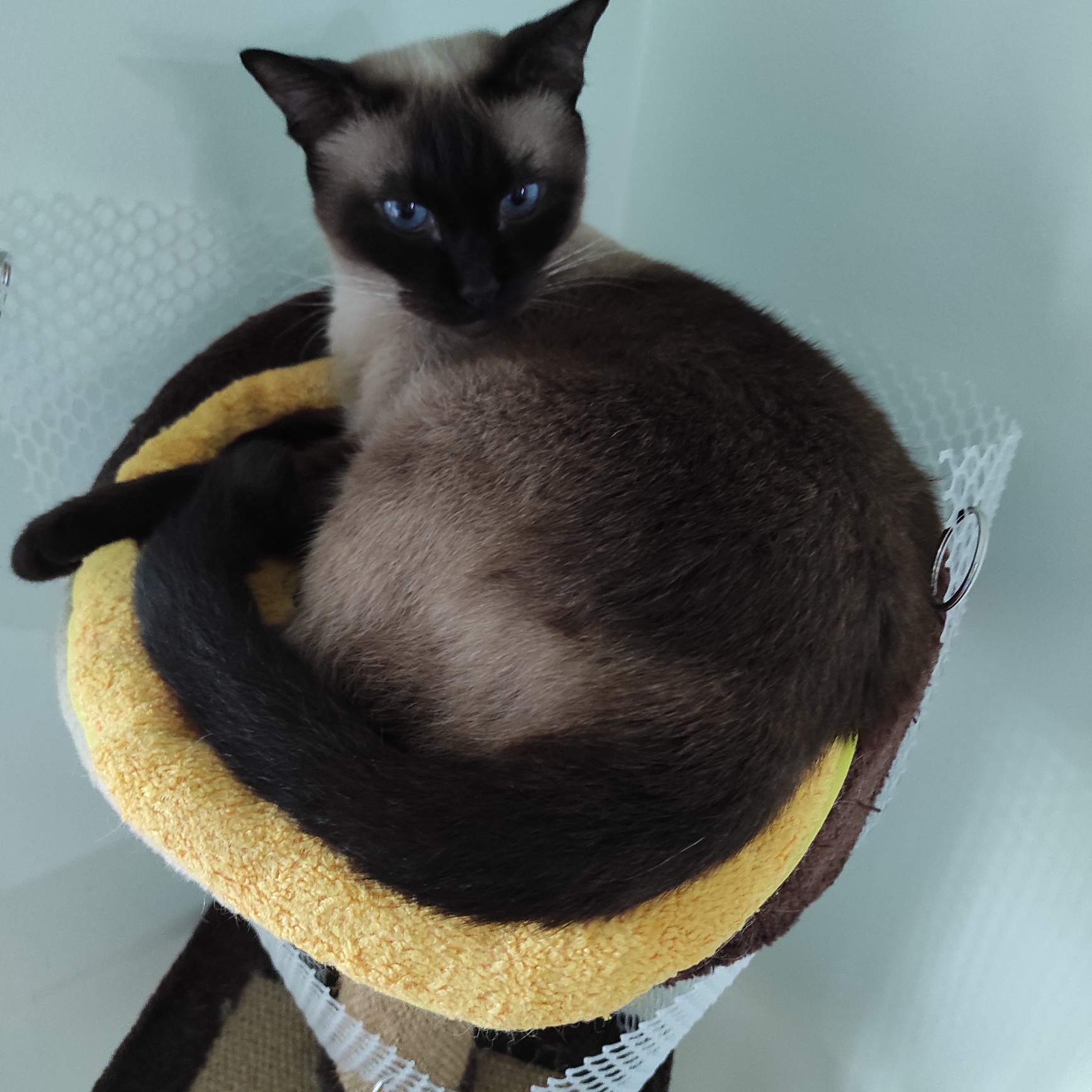
PoloMimi
Looking forward to a good huat
181Follow
15Followers
0Topic
0Badge
Wonder what is the upside in the last quarter ? Plunged down quite a lot and is a little uptrend now .
Both sound good to buy .
Sorry, the original content has been removed
Great
Sorry, the original content has been removed
Good to hear that
China stocks rise as investors bet on further stimulus
Thanks
Sorry, the original content has been removed
Great ariticle, would you like to share it?
Sorry, the original content has been removed
Awesome
Sorry, the original content has been removed
Sounds good
Sorry, the original content has been removed
Good article
Palantir Is an Enigma. The Opportunity in Its Stock Is Far More Clear.
Thanks for update
A Correction Is Due And It Could Be Deep
Awesome
Sorry, the original content has been removed
Apple is so high now
Sorry, the original content has been removed
Wow so high
Sorry, the original content has been removed
$NIO Inc.(NIO)$Nio down .
Let see how this stock will fare in the near future .
Sorry, the original content has been removed
Yes finally more positive than last week.
Uptrend ! Great .
Awesome
BioNTech says has supplied more than 1 bln COVID-19 vaccine doses so far
Awesome ??
Sorry, the original content has been removed
$NIO Inc.(NIO)$ waiting for Nio to power up .
Go to Tiger App to see more news